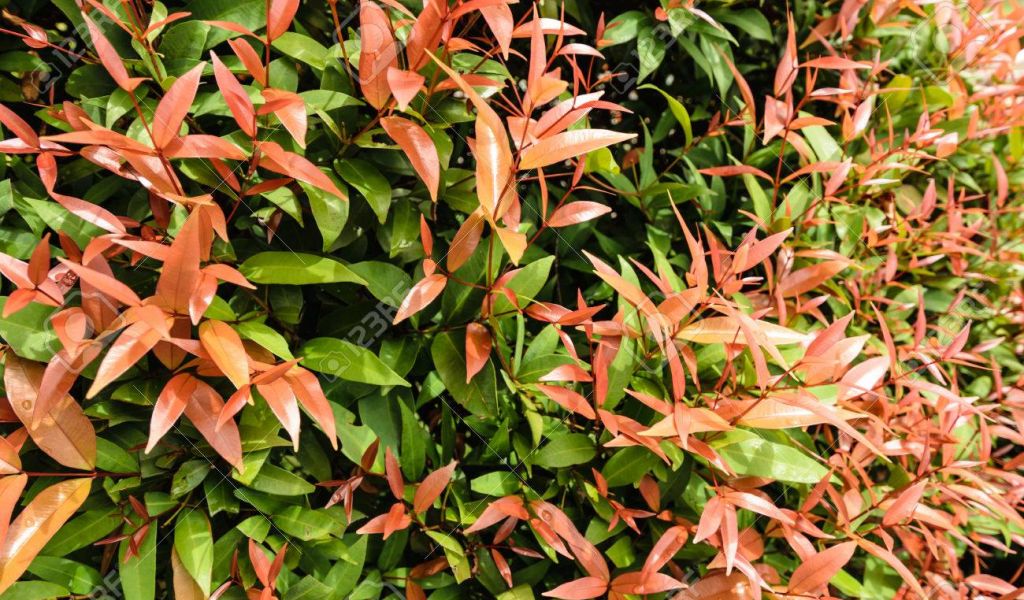ຜັກສະເມັກ / Eugenia
APA 6th ed. ຜັກສະເມັກ / Eugenia. (2019, April 3). Retrieved from https://www.phakhaolao.la/kb/0000185
MLA 8th ed. ຜັກສະເມັກ / Eugenia. Pha Khao Lao, 3 April 2019, https://www.phakhaolao.la/kb/0000185.
Chicago 17th ed. Pha Khao Lao. 2019. "ຜັກສະເມັກ / Eugenia." Published April 3, 2019. https://www.phakhaolao.la/kb/0000185.

Calyptranthes aromatica Blume [Illegitimate]
Caryophyllus antisepticus Blume
Eugenia antiseptica (Blume) Kuntze
Eugenia collinsae Craib
Eugenia cuprea Koord. & Valeton [Illegitimate]
Eugenia glaucicalyx Merr.
Eugenia grata Wight
Jambosa aromatica Miq.
Myrtus quadrangularis Buch.-Ham. ex Duthie
Syzygium glaucicalyx (Merr.) Merr.
Syzygium gratum (Wight) S.N.Mitra
Syzygium gratum var. confertum Chantaran. & J.Parn.
Syzygium ovatifolium Merr. & L.M.Perry
Cambodian: sme, smach daum, pring chanh, pring lies
Vietnamese: sim rung nho, tram sang
English: eugenia
Phak Samek is an evergreen tree, up to 20 m tall and 18 cm in DBH, with a reddish to grey-brown smooth bark. Its leaves are egg or lancet-shaped, 5-11 x 1.5-4.9 cm, and contain a fragrant oil. Young leaves are white-yellow or reddish. Inflorescences are flower clusters 5-20 cm long, with many small and white fragrant flowers. The fruit is egg-shaped, 3-8 mm long, and 2-8 mm wide. It is first black and turns white when ripe. Two varieties are distinguished: var. gratum and var. confertum. The latter has much shorter inflorescences and many dots on the leaves. In Laos Samek Daeng and Damek Khao are known, with reddish and whitish young shoots respectively. Samek Khao is more popular and more expensive
This plant’s shoots and young leaves have a sour tannin-like taste and are eaten raw with laap (meat salad) or served blanched. Phak samek is probably the most popular forest vegetable in Laos and northeast Thailand. The bark is also used in preparing fish to give it a tannin-like taste, and in cleaning wounds. The bark of samek, like the bark of kadon (Barringtonia), gives a yellow-pink dye that later turns black
